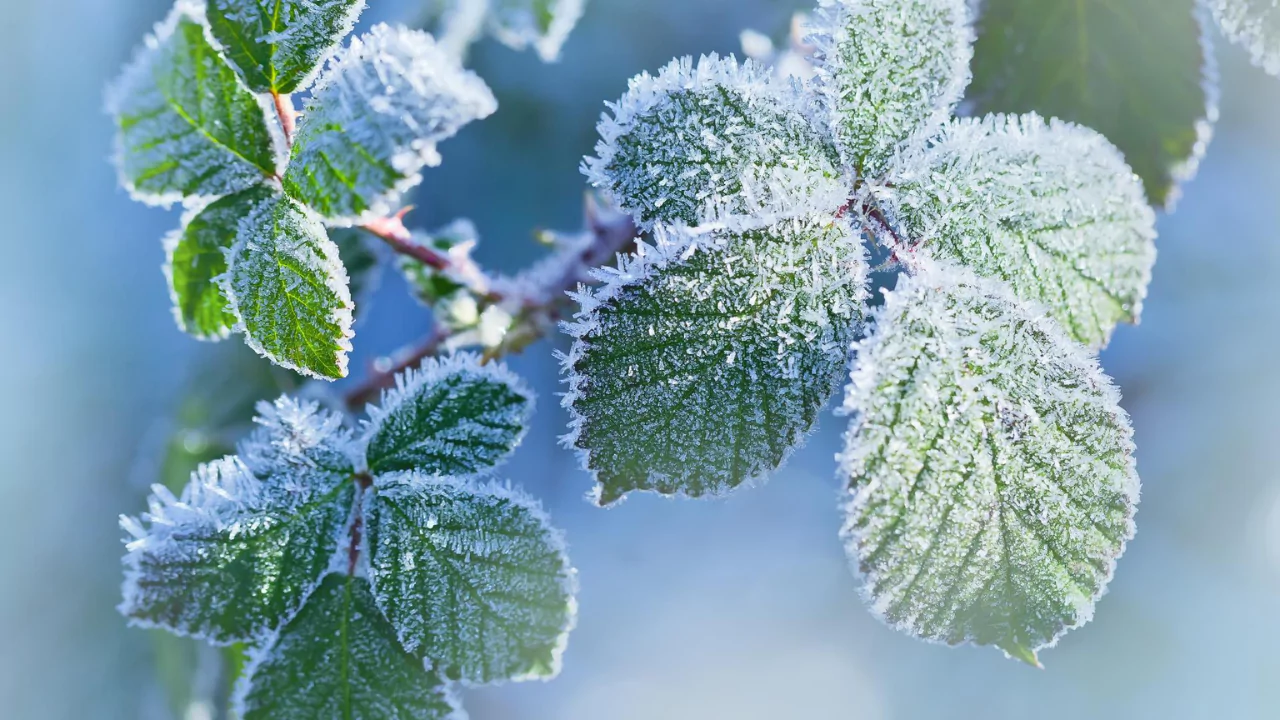
Even though most perennials have a set freeze or frost date, annuals and vegetables have specific dates to keep in mind which are crucial to their growth.
Most vegetables like tomatoes, cucumbers, and pumpkins do not stand up to even light frosts.
Petunias, nasturtiums, and morning glories are annual flowers that also are sensitive to light frosts. If planted too early, they are likely to be stunted or die.
In addition, these crops tend to sustain the most damage when the first frost hits in the fall.
What Are Frost Dates?
Frost dates are the average dates when the first or last freeze occurs within a given timeframe. These dates differ based on location since slight environmental factors may lead to large differences.
To estimate frost dates, The National Centers for Environmental Information rely on historical weather data.
ased on their effects on vegetation, the classification of frost temperatures is as follows:
- Light freeze: 29 to 32 degrees Fahrenheit – kills tender plants.
- Moderate freeze: 25 to 28 degrees Fahrenheit – destroys most vegetation.
- Severe freeze: 24 degrees Fahrenheit or colder – causes substantial damage to most plants.
Nevertheless, leafy crops like peas, broccoli, and leeks can withstand light frosts. This means that you can sow them before the last expected frost and also that they can grow for a longer period in the fall.
How to Determine Your First and Last Freeze Dates
In early spring, the warm days might tempt us to start working in the garden. However, don’t be fooled by a couple of sunny days in early spring because it is not time to grab your gardening tools just yet.
If you take your newly sprouted seedlings outside too early, they may die from exposure to near-freezing temperatures overnight.
That is why it is best to wait until after the last frost date to add new crops to your garden.
But how do you determine whether the last frost date is already passed?
For this problem, there are several options. One of these options is asking your local nursery. Most nursery workers should have this information for your locality.
Another option is to ask that neighbor who is a keen gardener, especially those who have lived in the area for many years. However, your best option is to look for expert advice.
How to Determine Your Frost Dates by Zip Code
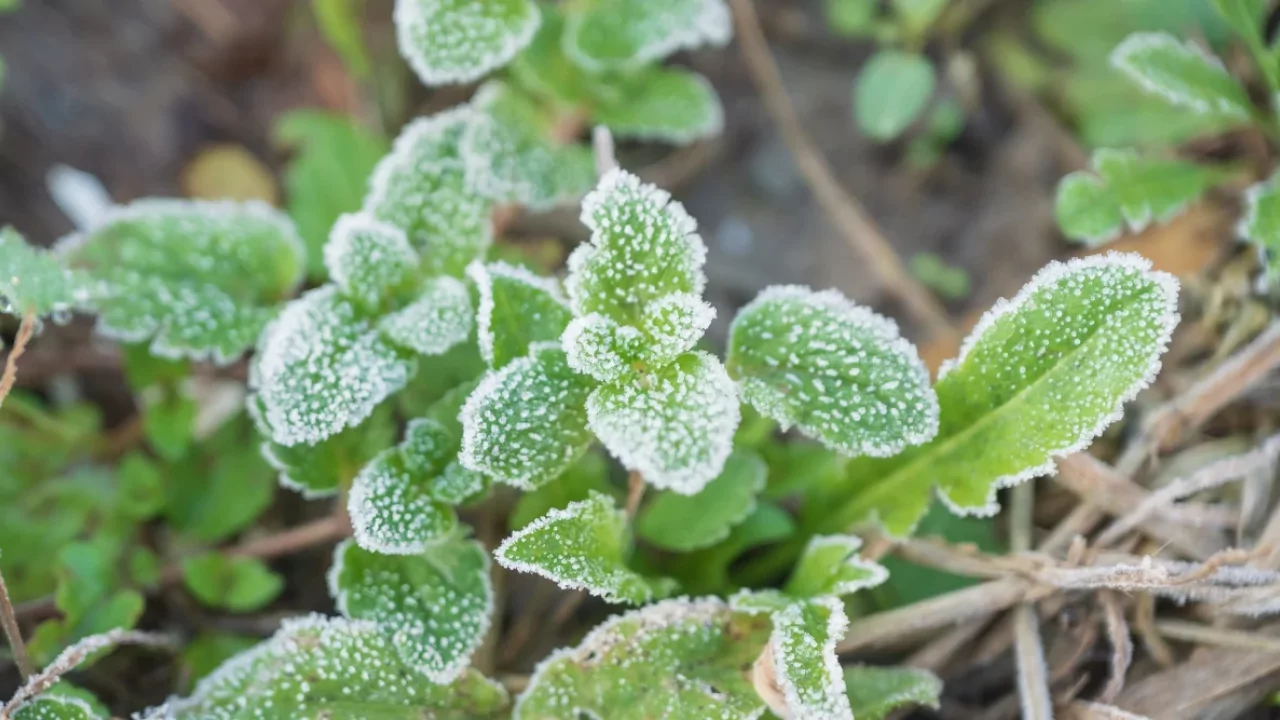
It is a common misconception that determining the first and last frost dates by zip code behaves with utmost precision. This is based on the idea that very small details about your region can cause significant changes.
The go-to websites to help determine your freeze dates by zip code are:
- Dave’s Garden
- Old Farmer’s Almanac
- National Gardening Association
You can also register using your email address for automated updates concerning the weather in your region.
Keep in mind these dates势s your frost dates are merely average estimates. They do not consider any microclimates that may exist, and turned weather conditions, used approximations the overall climate patterns in the area.
Microclimates refers to areas which differ in temperature, wind, or precipitation from their immediate surroundings. These conditions can create appreciating opportunities or significant constraints to your planting activities.
A few of the contributing factors toward creating abrtc climates includes:
- Windbreaks and other interruptions to the breeze like buildings, fences, and hedges.
- Cold air rolls down slope and settles in lower places. Hence, vegetation on the side of the hill experiences warmer temperatures compared to it’s bottom.
- Structures made of concrete retain the sun’s heat during the day and release the heat at night. Also the warmer eaves and overhanging parts are warmer at night because they trap heat underneath.
- Southern and western yards are warmer compared to eastern and northern ones.
- Bodies of water such as streams, lakes, ponds, and pools offer cooling services during hot days and provide warming in cold days.
Make sure to observe these features and keep track of their seasonal changes. Write down bi-annual notes on when to sow based on your observations.
Mother Earth News Garden Planner provides unique ways to tackle this challenge.
This tool lets you input your zip code and keeps track of your frost-free dates. It even alerts you through emails on when to plant.
Adjustments to the dates can be made manually to cater to microclimates in your region.
The ‘Garden Planner’ feature also makes outlined plans for your garden, giving layout suggestions and spacing out your vegetables appropriately. Thus, you are provided with blueprints detailing the exact number, time and location for planting.
How to Work Out Frost Dates Using Plant Hardiness Zone
Determine what crops to grow in your area by checking the PHZM Plant Hardiness Zone Map and finding out what survives in your temperature range.
The PHZM also helps you schedule your sowing and planting dates. It will tell you how late in the season you can still plant, as well as when to plant and where based on your exact location using GIS.
This new model of weather tracking and forecasting is impressive compared to the previous model of just portraying the maximum extreme temperature averages for years prior.
Inaccurate dates were supplied as a result of averaging out temperatures in large regions without consideration of microclimates.
How to Determine Your Last Frost Dates Using a Chart
With all these updates to the PHZM zone maps, it is unfortunate that they have not integrated new zone subsets yet. This renders some charts unfortunately redundant.
Your best option would be visiting the National Oceanic and Atmospheric Administration (NOAA) website. From there you can access and request records from the research stations in your state.
Once you have identified a weather station, each one provides information for 28, 32, or 36 degrees Fahrenheit. For the majority of crops, the temperature data you will want to focus on is 32 degrees Fahrenheit.
The image above shows information extracted from NOAA’s Colorabdo Frost Occurrence Data. You will see three dates associated with spring and fall seasons marked by the 10, 50, and 90 percent probability levels.
If you want to be on the safer side, the 10% probability date is the best option. This indicates there is only a 10 percent likelihood that the fall frost or spring frost will occur after that date.
Of course, if you are prepared to take the risk of covering your vegetables should temperatures drop below freezing, you can opt for the 50 or 90 percent dates.
How to Grow Your Garden Beyond Frost Dates
Imagine you know your last spring frost date is May 30, and the first fall frost date is September 15. This leaves very little room for cultivating long-growing season crops such as tomatoes.
Fortunately, there are various measures you can take to manage and extend the season. These measures include the following:
Start Seeds Indoors
By initiating your seedlings indoors, you can extend your gardening season as much as up to three months.
In most cases, seedlings that are started indoors tend to flourish when transplanted as compared to the store-bought seedlings which often tend to weaken and die.
Additionally, this option is more cost-effective.
Plan to set up your nursery about three months prior to the last expected freeze in your area. If it is your first time starting seeds indoors, it is advisable to start with one or two varieties that are easy to grow from seeds.
Check the seed packet for the number of weeks you need to begin prior to the final expected freeze. In most cases, a window of six to eight weeks works.
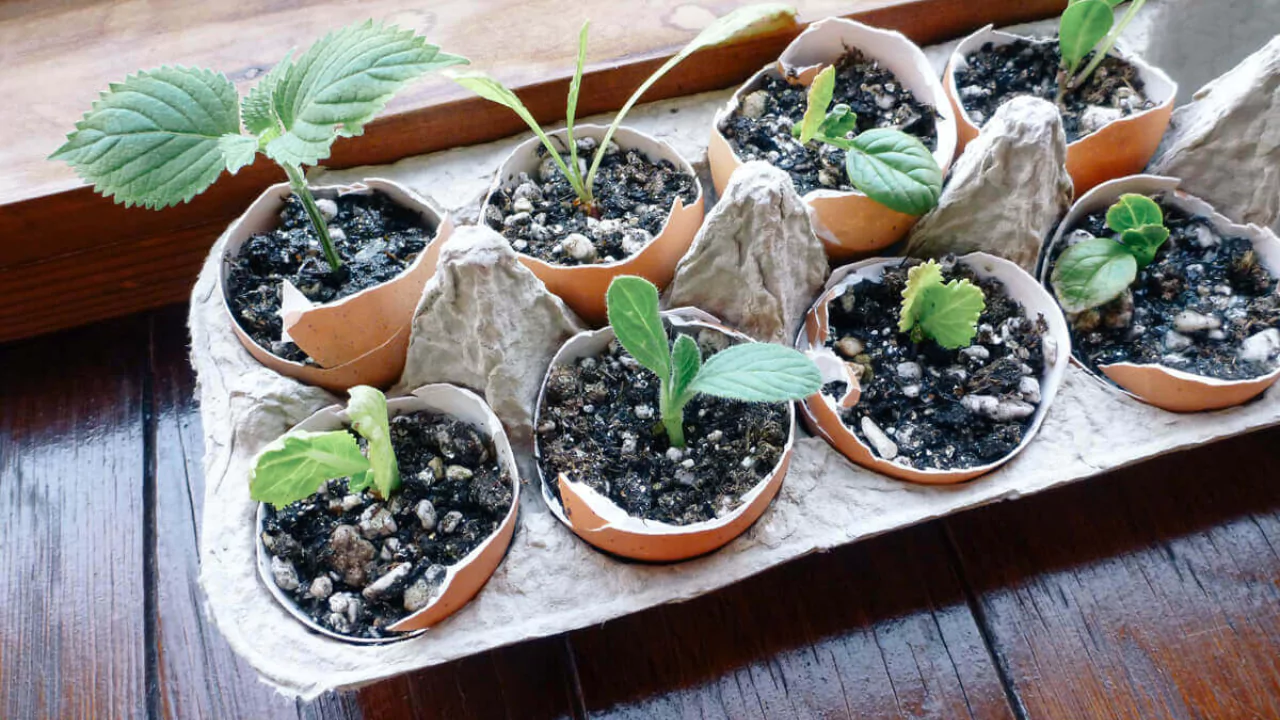
For indoor gardens, seed flats are an excellent option for planting. You can also look through your recycling for egg cartons, yogurt cups, and even plastic glasses. While these have the right idea, remember to make drainage holes in the bottom before filling them with soil.
Transplant your seedlings when they measure 3-4 inches tall into slightly bigger containers, and again when they reach 6-8 inches.
By spring, you will be able to see the robust seedlings with deep roots that will be ready by the time your garden soil is warm.
The following table shows the germination and growing temperatures for popular vegetables:
| Plant | Germination Temp. (Soil) | Growing Temp. (Air) |
| Beets | 50°F – 85°F | 45°F – 75°F |
| Lima Beans | 70°F – 85°F | 60°F – 80°F |
| Broccoli | 45°F – 85°F | 55°F – 75°F |
| Brussels Sprouts | 45°F – 85°F | 55°F – 75°F |
| Cabbage | 45°F – 95°F | 55°F – 75°F |
| Carrot | 45°F – 85°F | 45°F – 75°F |
| Cauliflower | 55°F – 85°F | 55°F – 75°F |
| Chard | 50°F – 85°F | 45°F – 75°F |
| Corn | 65°F – 95°F | 60°F – 95°F |
| Cucumber | 75°F – 100°F | 65°F – 75°F |
| Eggplant | 75°F – 90°F | 65°F – 85°F |
| Lettuce | 40°F – 80°F | 55°F – 75°F |
| Onion | 50°F – 95°F | 55°F – 75°F |
| Parsley | 50°F – 85°F | 55°F – 75°F |
| Potato | 50°F – 70°F | 60°F – 80°F |
| Pepper | 65°F – 95°F | 65°F – 85°F |
| Pumpkin | 75°F – 100°F | 65°F – 75°F |
| Spinach | 35°F – 75°F | 60°F – 75°F |
| Tomato | 60°F – 85°F | 55°F – 85°F |
| Watermelon | 75°F – 100°F | 70°F – 85°F |
Build a Cold Frame
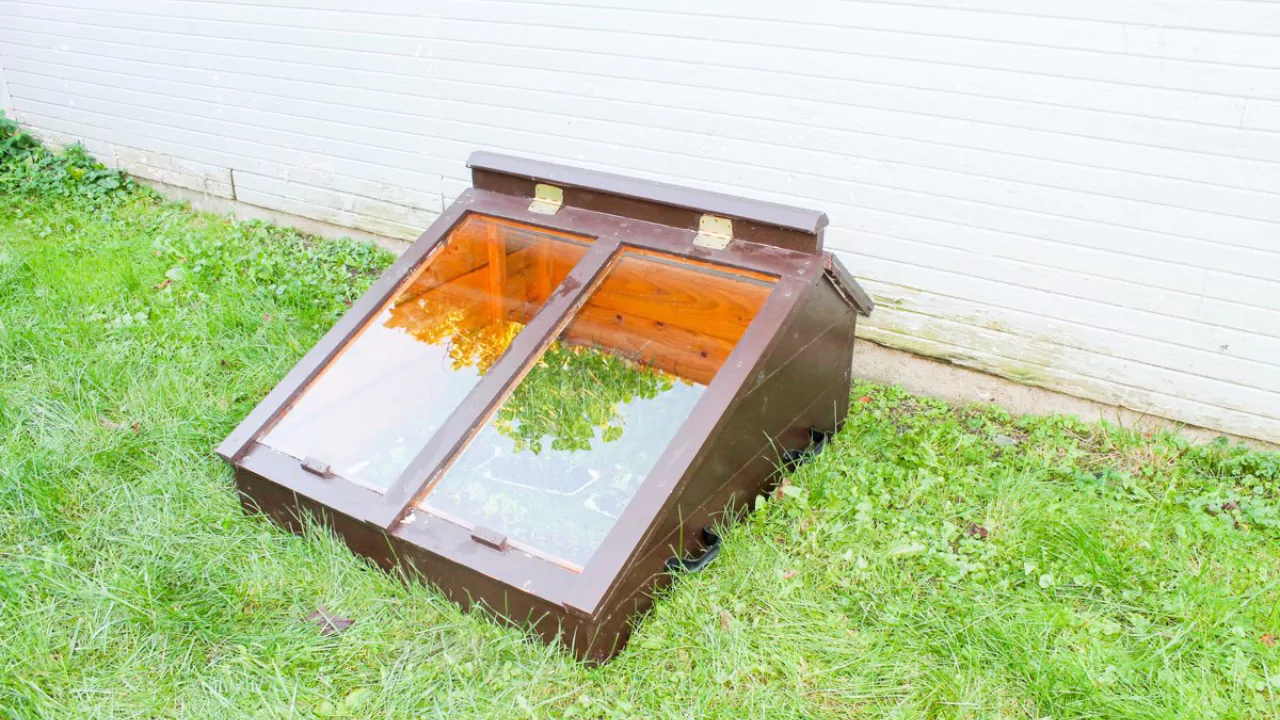
A cold frame is a low rectangular box with no base which has a glass, plastic, or fiberglass roof. The sides can be made from planks of wood or straw bales and should slope southwards to capture as much sun as possible.
Fill the cold frame with rich garden soil. In this case, make sure the soil is good quality and will nourish your seeds, enabling you to transplant them with ease later on.
Your cold frame can be used to both get a jump start on the planting season and extend the growing season.
Once your seedlings are ready to be transplanted, consider leaving one or two behind in the cold frame. Those will be the first to mature. After the chance of freezing has passed, remove the cover and enjoy using the cold frame as a raised bed.
Make Use of Plastic Mulch
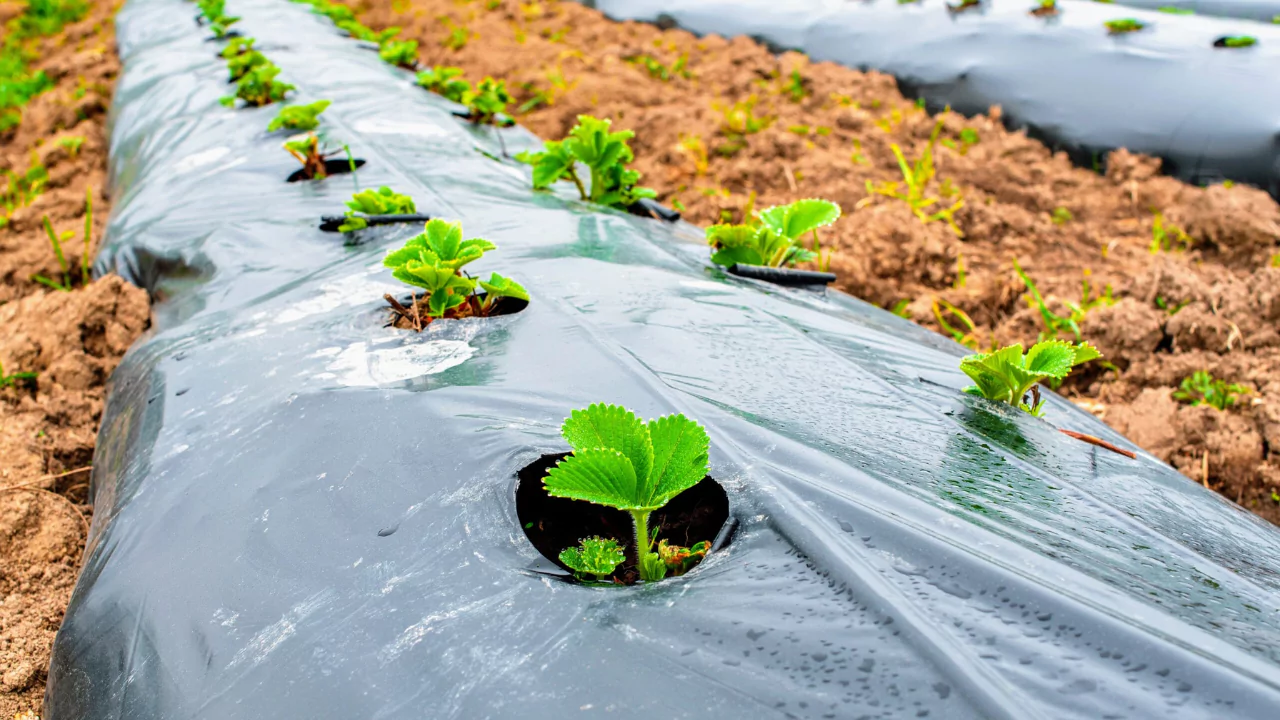
Placing plastic mulch over cold soil can increase its temperature by as much as ten degrees.
Cut strips of plastic that are four to six feet wide and as long as needed. Simply place them over the soil and secure the edges to keep them from blowing in the wind.
Plastic mulch has four advantages that make it desirable as a commercial much. Installing a plastic mulch will:
- Retain moisture.
- Keep the soil warm.
- Prevent the growth of weeds.
Retention of moisture Heat retention Weed growth prevention In addition, you can choose between all-season retention or removal prior to planting.
On the other hand, keep in mind that using plastic mulch on a small scale can feel cumbersome.
Block Spring and Fall Frosts Using Floating Covers
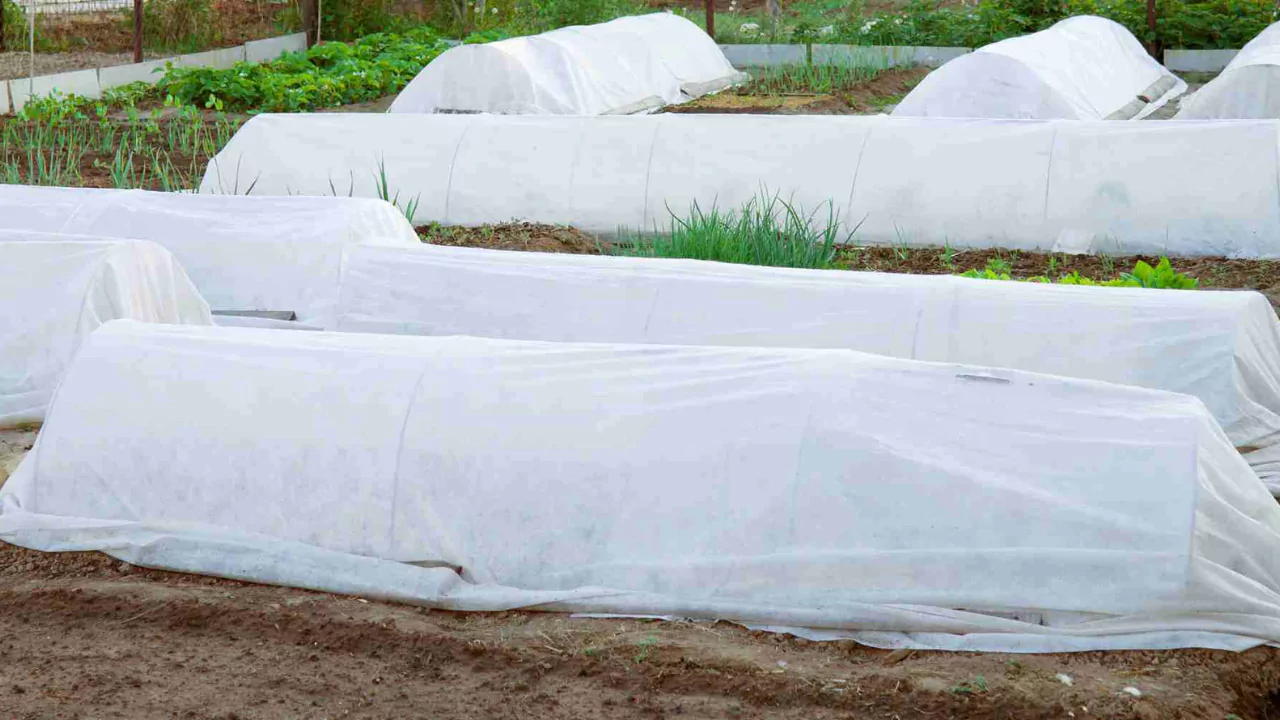
In many cases, a single night dipping down to thirty-two degrees Fahrenheit will eliminate all but the hardiest plants.
While cardboard boxes and blankets offer reasonable emergency solutions, floating covers are much more effective.
Floating cover sets come in different thicknesses; some can protect your plants from temperatures as low as 25°F!
These agricultural fabrics retain warmth while permitting the passage of water and sunlight, which is essential for photosynthesis, hence aiding the growth of the plants.
Furthermore, floating covers are incredibly versatile and easy to use. They can be set up and repositioned readily to cover specific crops as needed.
For added protection, floating covers can be used in conjunction with other methods, such as plastic mulching.
Even experienced gardeners can find near-freezing gardening challenging, but the right tools and knowledge can help sustain crop health and increase yields year-round.